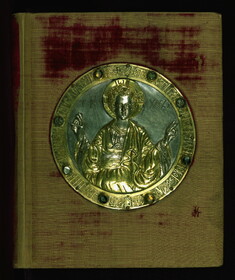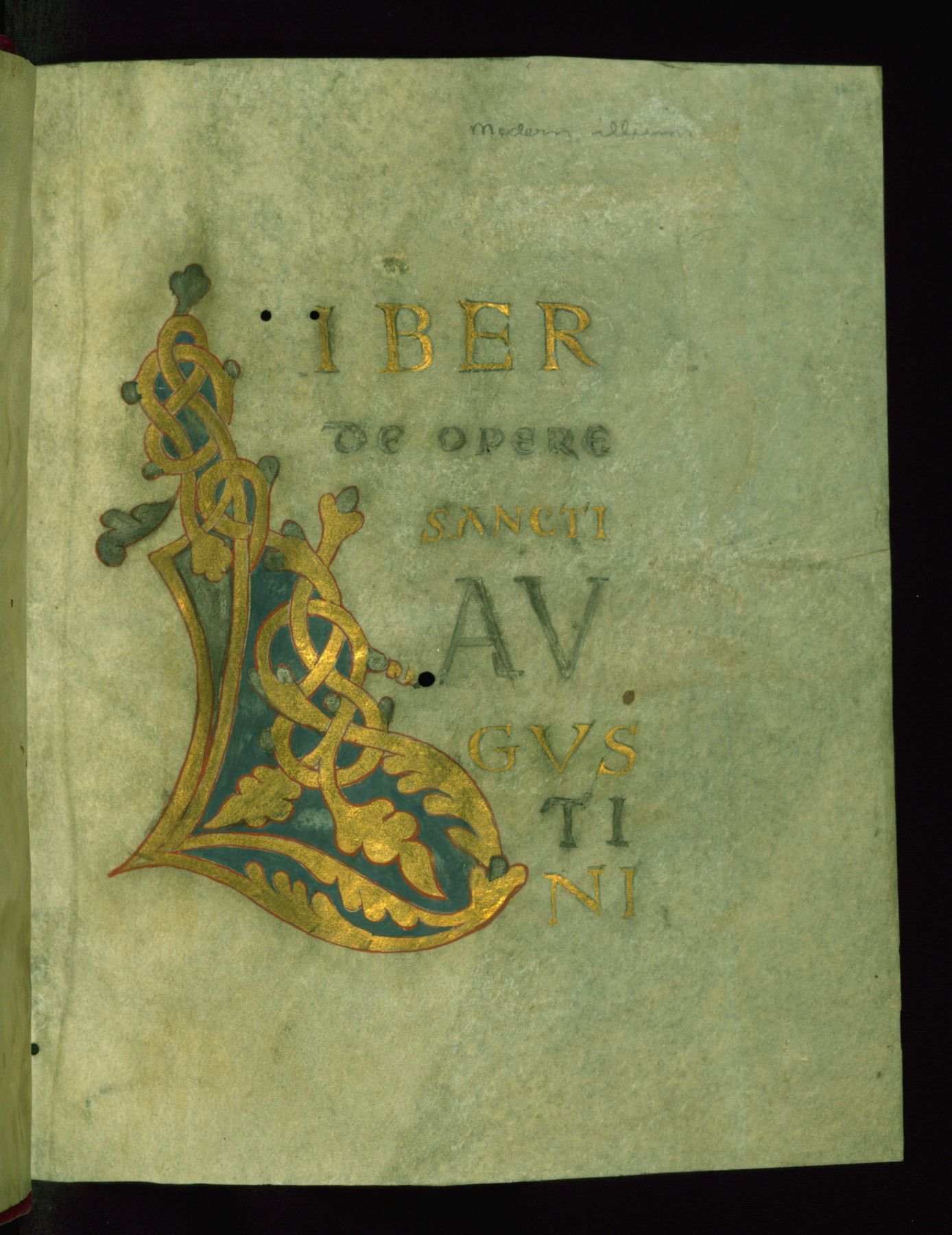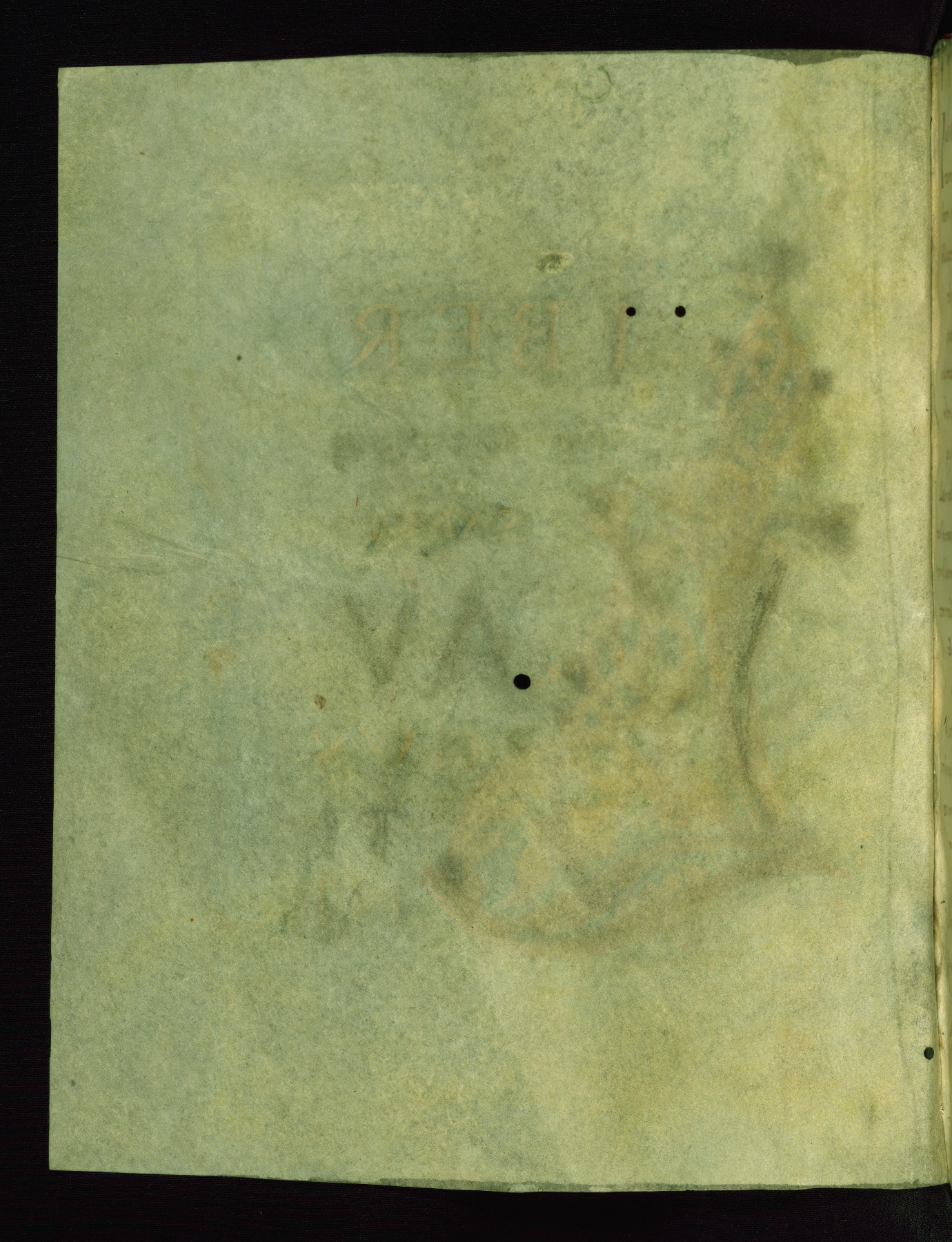Modern Illuminated Title Page from a Collection of Works: Initial L
This title page was added in the nineteenth century by an artist attempting to recreate a medieval illuminated initial, likely to make the book more desirable for collectors.
Provenance
Provenance (from the French provenir, 'to come from/forth') is the chronology of the ownership, custody, or location of a historical object. Learn more about provenance at the Walters.
Created in Champagne, France (?). The monastery of Saint-André de Villeneuve-lés-Avignon, 17th century [1]; Acquired by Bénigne-Charles Févret de St. Mesmin [1739-1792], Dijon [2]. Acquired by Léon Gruel, 19th-20th century, Paris; purchased by Henry Walters, Baltimore; by bequest to Walters Art Museum, 1931.
[1] ownership inscription added in 17th century in upper margin of fol. 2r: 'Iste liber est monasterii sancti Andree dyocesis auinionensis / .aab. /; and in another slightly later hand, added after 1635: Monasterii Sancti Andreae congregationis S. Mauri: /; in lower margin, added after 1640: 'Catalogus inscriptus', reference to 36-line description of W. 2 in Saint-André library catalogue begun 29 September 1640 by Dom Odon de la Mothe (d. 1643), binding described as 'postibus copertam et basana alba a parte putrida'
[2] facsimile (?) of bookplate of Bénigne-Charles Févret de St. Mesmin (here spelled 'Memin') of Dijon (1739-1792), affixed in all likelihood by Gruel at time of rebinding, 19th/20th century (?)
Geographies
France, Reims
(Place of Origin)
France, Champagne (Place of Origin)
Measurements
H: 7 13/16 × W: 6 5/16 in. (19.8 × 16 cm)
Credit Line
Acquired by Henry Walters
Location in Museum
Not on view
Accession Number
In libraries, galleries, museums, and archives, an accession number is a unique identifier assigned to each object in the collection.
In libraries, galleries, museums, and archives, an accession number is a unique identifier assigned to each object in the collection.
W.2.1Rbis
Do you have additional information?
Parent Object





